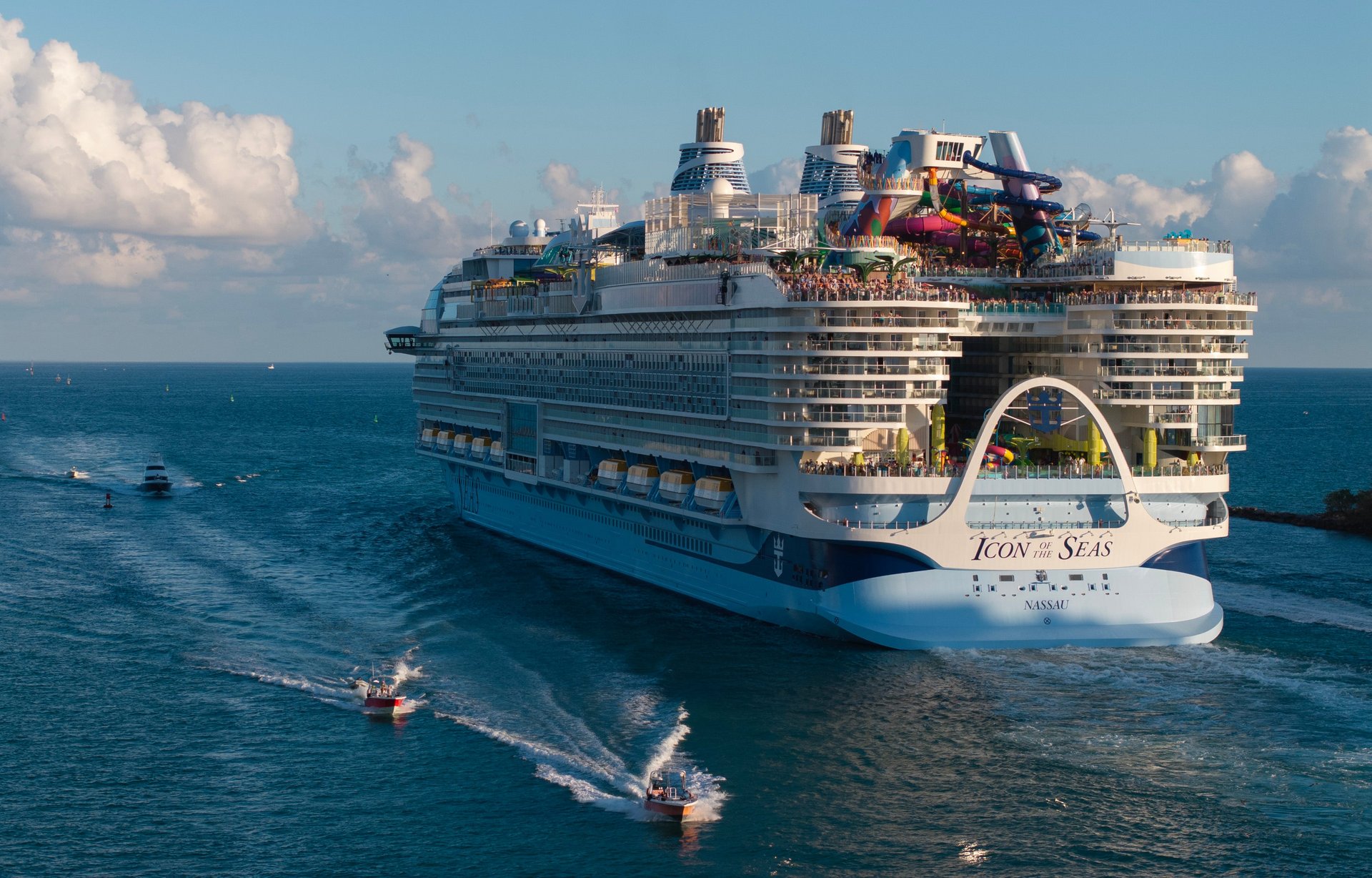Boomers and millennials are spending extra vacation days on cruises, says Royal Caribbean CEO
The cruising company reported a strong second quarter due to rising demand

Cruises are more popular than ever among both young and older travelers, Royal Caribbean said on Thursday.
Suggested Reading
The cruising giant reported a strong second quarter with rising demand for cruises and onboard spending.
Related Content
“Consumer spending onboard, as well as pre-cruise purchases, continue to significantly exceed 2023 levels driven by greater participation at higher prices,” the company said in a press release.
Demand was so high that the company raised its full-year outlook for adjusted earnings per share to between $11.35 and $11.45, and said it would start paying a dividend for the first time since March 2020.
Royal Caribbean CEO Jason Liberty attributed this demand to a “resilient” economy and extra vacation days.
“We continue to see a very positive sentiment from our customers bolstered by a resilient economy, low unemployment, stabilizing inflation and record high household net worth,” said Liberty in Thursday call with investors. “Consumer preference continues to shift toward spend on experiences with particularly prioritizing toward travel.”
He added, “Consumers have 10% more vacation days compared to 2019 and they are using half of that increase to travel.”
Liberty also said that the number of boomers who retire is expected to grow 30% to 73 million by 2030 and that these boomers, according to the company’s research, are expected take 50% more vacation time than non-retirees. However, younger generations also plan to use their extra time off to travel, he said.
“Our research shows that younger generations, millennials and younger, are also benefiting from the 10% increase in leisure time compared to 2019 and that they intend to allocate more of this time on travel than any other leisure category,” Liberty said. “This attractive traveler continues to gain share within our customer base at a faster pace than any other generation.”
Royal Caribbean’s second quarter, by the digits
Royal Caribbean’s net income rose 85% to $858 million in the three months ending June 30, compared with $463 million in the same period last year.
The company’s revenue was up 16% year-over-year to $4.1 billion in the first quarter, from $3.5 billion.
Its earnings per share came to $3.21, outperforming Wall Street expectations of $2.67, according to a consensus estimate from analysts surveyed by FactSet.
